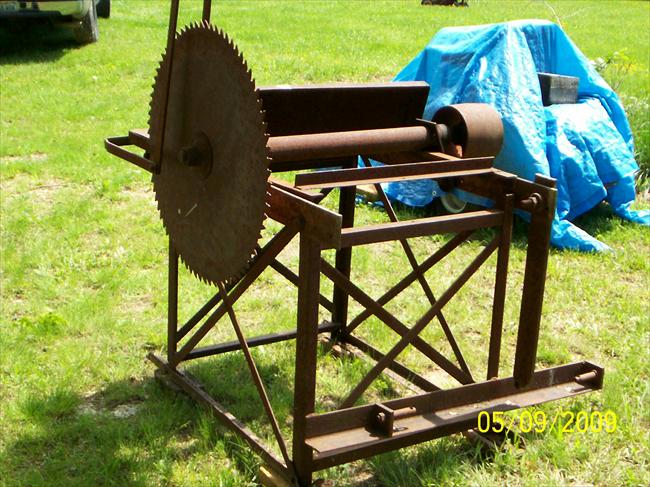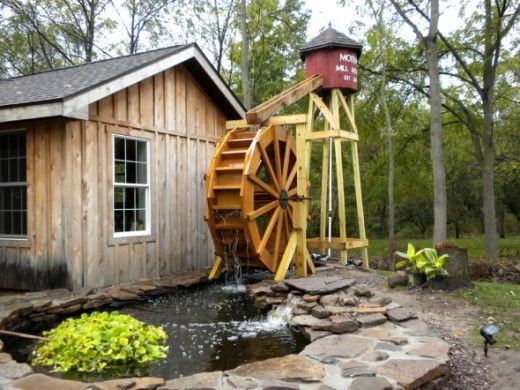sunnybob":3qxhfwt8 said:
I am very sceptical of this home generation.
300 watts wont cover your workshop lighting, let alone ANY mains powered machine.
Averaging output over 24 hours is not relevant. Try boiling a kettle with 300 watts, while watching the TV.
Then take into consideration how much you have spent on parts, even if you dont count a single hour of your time in making the damn thing.
THEN, calculate how much it costs to buy that much power from the grid.
Roof mounted solar systems on the other hand, do generate enough to be useful. Even if it is very expensive to install at least you can get some return on your outlay with the possibility of actually getting your money back, where this is all dead money.
If the supply is small, you could just connect it to your house supply and make the meter run backwards (queue howls of protest from the electrician contingent, and rightly so).
The thing with electricity is that we are extremely profligate with it. Anyone who has ever lived off-grid will understand just how much energy we throw around without thought.
300W is still significant, if you are getting it 24/7. You could probably light your house with it, using LED lighting, but the important point is that it is continuous, and mounts up. 7kWh a day is about half of your electricity needs, if there was only a way to use more than 300W at a time. Cue batteries!
The amount of water in Roger's video suggests plenty of flow, and then it's just a case of how far up the stream you can run a pipe to give you a good enough head. Even if you have to sneak into your neighbour's land, if you ask nicely it may not be a problem, especially if you can give / sell them some electricity, too.
Power = Head x Flow x Gravity
where power is measured in Watts, head in metres, flow in litres per second, and acceleration due to gravity in metres per second per second.
The acceleration due to gravity is approximately 9.81 metres per second per second – i.e. each second an object is falling, its speed increases by 9.81 metres per second (until it hits its terminal velocity).
You could use all of the water, with a low head (i.e. a water wheel or similar), or a small amount of the water with a high head - turbine time. Then you need to work out the power available and see if the numbers make sense. Even with small amounts you could heat water or run a storage heater, for example. Just because we use 4kW elements to heat water normally, doesn't mean you have to -
https://bloglocation.com/art/water-heat ... ergy-power 300W could heat 100 litres of water from 10°C to 50°C in 15 hours. How much hot water does a house need? You could even link it in to your underfloor heating - it may not do all the work, but it is going to help.
Who doesn't want free energy?
Given that this is a woodworking forum, shouldn't we be advocating a nice waterwheel design?


































